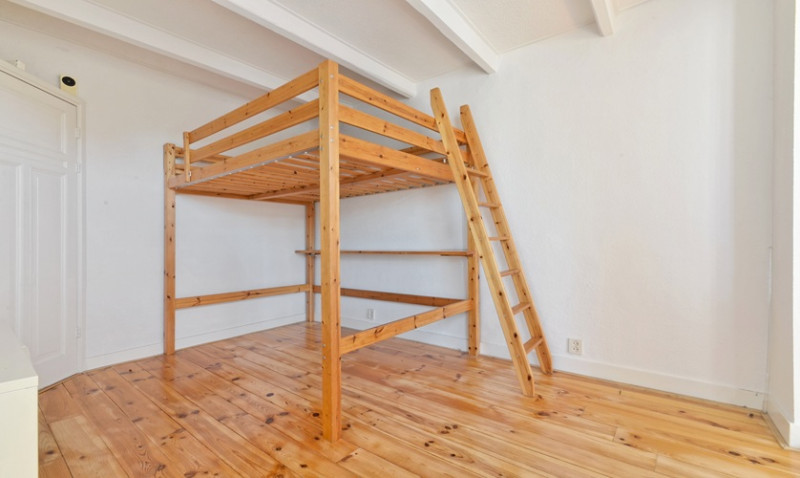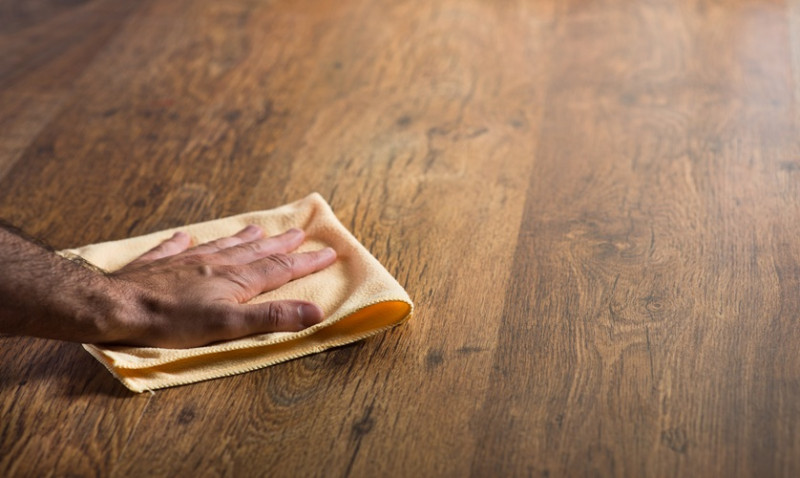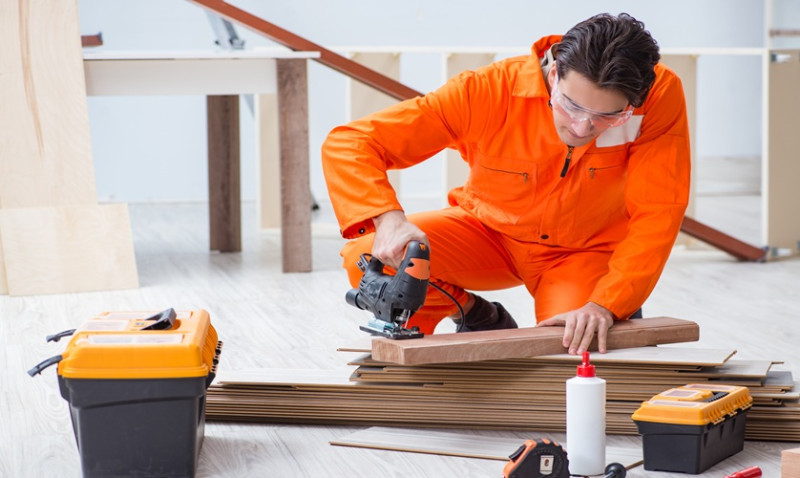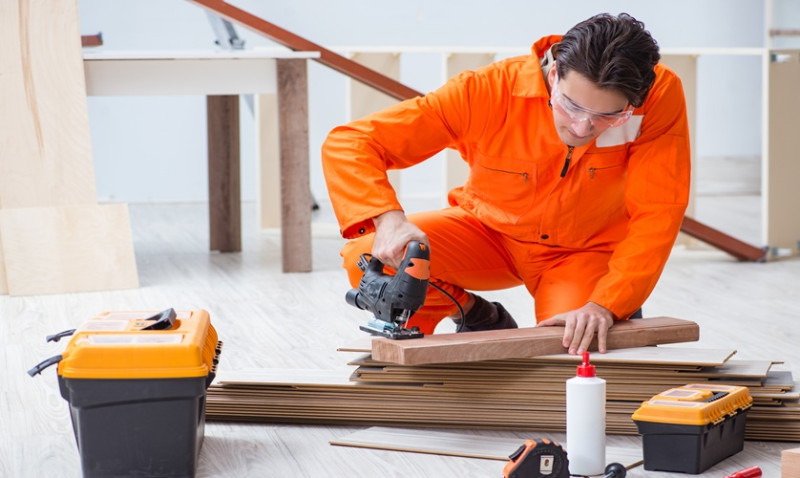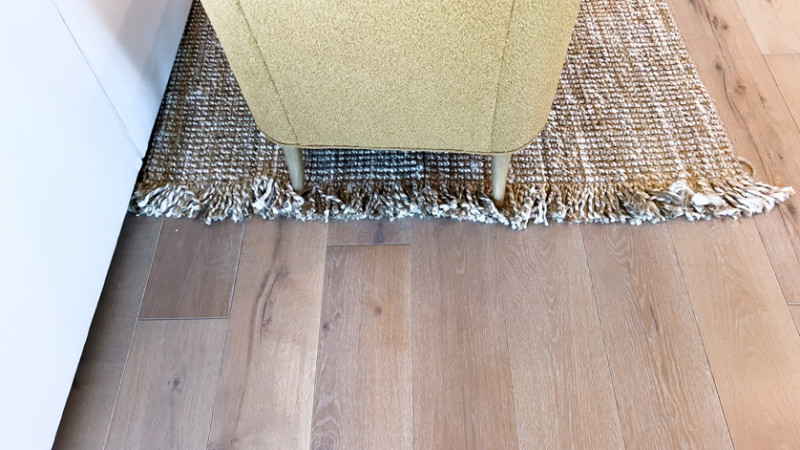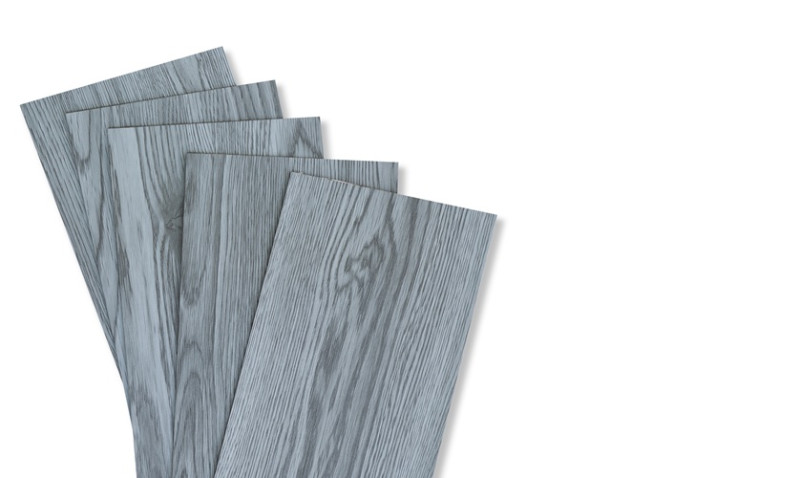
Luxury Vinyl Plank (LVP) flooring is one of the most popular flooring options in the UK – and for good reason. It’s durable, water-resistant, stylish, and significantly easier to install and maintain than traditional hardwood flooring. However, even the most durable surfaces can fall victim to everyday wear and tear. Whether it’s a shifted piece of furniture, enthusiastic pets, kids playing indoors, or DIY accidents, scratches can happen. Fortunately, fixing scratches on LVP is relatively quick and easy — and we’re here to guide you through it.
Understanding the Type of Scratch
Before reaching for solutions, it’s essential to assess the severity of the scratch. Not all scratches are alike, and the method of repair will differ based on how deep or visible the scratch is. Typically, scratches on LVP fall into three categories: surface marks, light abrasions, and deep gouges.
Surface marks are shallow and can often be buffed out or cleaned away. These may look like smudges or dull streaks rather than actual indents in the flooring.
Light abrasions go slightly deeper than surface marks and usually require a mild filler or repair product specifically designed for LVP. These are often caused by sliding chairs, grit under shoes, or pet nails.
Deep gouges are the most challenging and require a more hands-on approach — potentially even plank replacement if the damage is extensive or if the look of the floor is critically affected.
What You'll Need: Quick Overview of Repair Tools
Most surface and light scratches can be repaired with tools that many DIYers or homeowners will already have, or can easily find online or at UK-based hardware retailers like Wickes, B&Q, or Screwfix. Here’s a quick checklist of typical repair tools:
| Tool/Product | Purpose |
|---|---|
| Microfiber cloth | Cleaning and wiping down the damaged area |
| Vinyl floor cleaner | Prepares the repair area by removing dirt and oils |
| Scratch repair kit | Usually includes putty, touch-up pens, or sealant |
| Matching colour marker or wax pen | Fills & blends light scratches |
| Replacement plank (if needed) | For seriously damaged flooring only |
Step-by-Step: Repairing Light Scratches
The majority of LVP scratches are light and cosmetic in nature — and can be repaired in under 30 minutes. Here’s how:
- Clean the Area: Use a microfiber cloth and a mild LVP cleaner to ensure the scratched area is free from dust, grime, or any oils. This helps repair products adhere better and lasts longer.
- Use a Scratch Repair Pen or Wax Filler: These specialised tools are available in a variety of colours to match your flooring. Gently run the pen or wax crayon along the scratch line, following the grain of the vinyl.
- Wipe Off Excess: Use a clean, dry cloth to buff away any excess product. Make sure only the scratch retains the filler. Be gentle to avoid rubbing the filler out of the scratch.
- Optional – Seal with a Protective Coating: For added longevity, consider applying a small amount of vinyl finish or polyurethane sealant over the treated area. This provides added protection and helps blend the repaired area with the surrounding planks.
This method works brilliantly for most everyday scratches and is often all that’s needed to keep your LVP floor looking flawless.
Fixing Deeper Scratches and Gouges
If the scratch is deeper or has removed the top wear layer of your LVP floor, more intensive repair may be required. This involves using a vinyl floor repair kit or even replacing damaged planks entirely.
For moderately deep scratches, choose a two-part vinyl repair compound. These are available from DIY retailers like Homebase and contain a filler paste that hardens after application. Simply mix according to instructions, apply with a putty knife, and sand the area lightly once fully dry. After this, apply a matching colour marker or vinyl paint to restore the look of the grain.
In cases where a gouge penetrates deeply into the core of the plank or forms an obvious dent, replacing the plank may be your best solution. Fortunately, many LVP floors are designed using a click-lock system, allowing individual planks to be removed without dismantling the entire floor.
If your flooring is glued down — which is common in kitchens and bathrooms — removal becomes trickier. In this case, we’d recommend consulting a professional installer or your LVP manufacturer for guidance on plank replacement methods.
Prevent Future Scratches
Prevention is key. While repairing scratches isn’t particularly difficult, avoiding them altogether will save time, energy, and preserve the look of your flooring for years to come.
Start by placing felt pads under furniture legs — particularly on chairs that are moved regularly. This simple and affordable solution can prevent 90% of light abrasions.
Next, consider using area rugs or runners in high-traffic zones like hallways, entryways, and kitchens. These not only protect your floors from grit and moisture, but can also enhance the aesthetic of your space.
Keep your floors clean by regularly sweeping or vacuuming with a soft head attachment. Tiny stones and dirt grains can act like sandpaper underfoot, creating micro-abrasions that develop into visible scratches over time.
For pet owners, regularly trimming your animal’s nails can also significantly reduce scratch damage. LVP is pet-friendly — but even the toughest floor has its limits!
Final Thoughts
Scratches on LVP floors are inevitable with daily life, but the good news is — they’re almost always fixable. With proper care, colour-matched repair kits, and a little attention to detail, you can restore almost any damaged plank to like-new condition.
Whether you're a DIY renovator upgrading your flat, an interior designer selecting practical-yet-beautiful finishes, or a tradesman installing flooring in a client’s home, understanding how to make quick LVP repairs is a must. And for young professionals giving their first home a stylish yet affordable revamp, this tip ensures you keep your vinyl floors looking flawless for years to come.
Looking to stock up on supplies? Be sure to check out your local UK flooring retailers or online specialists who offer colour-matched repair kits and high-quality LVP maintenance tools.
